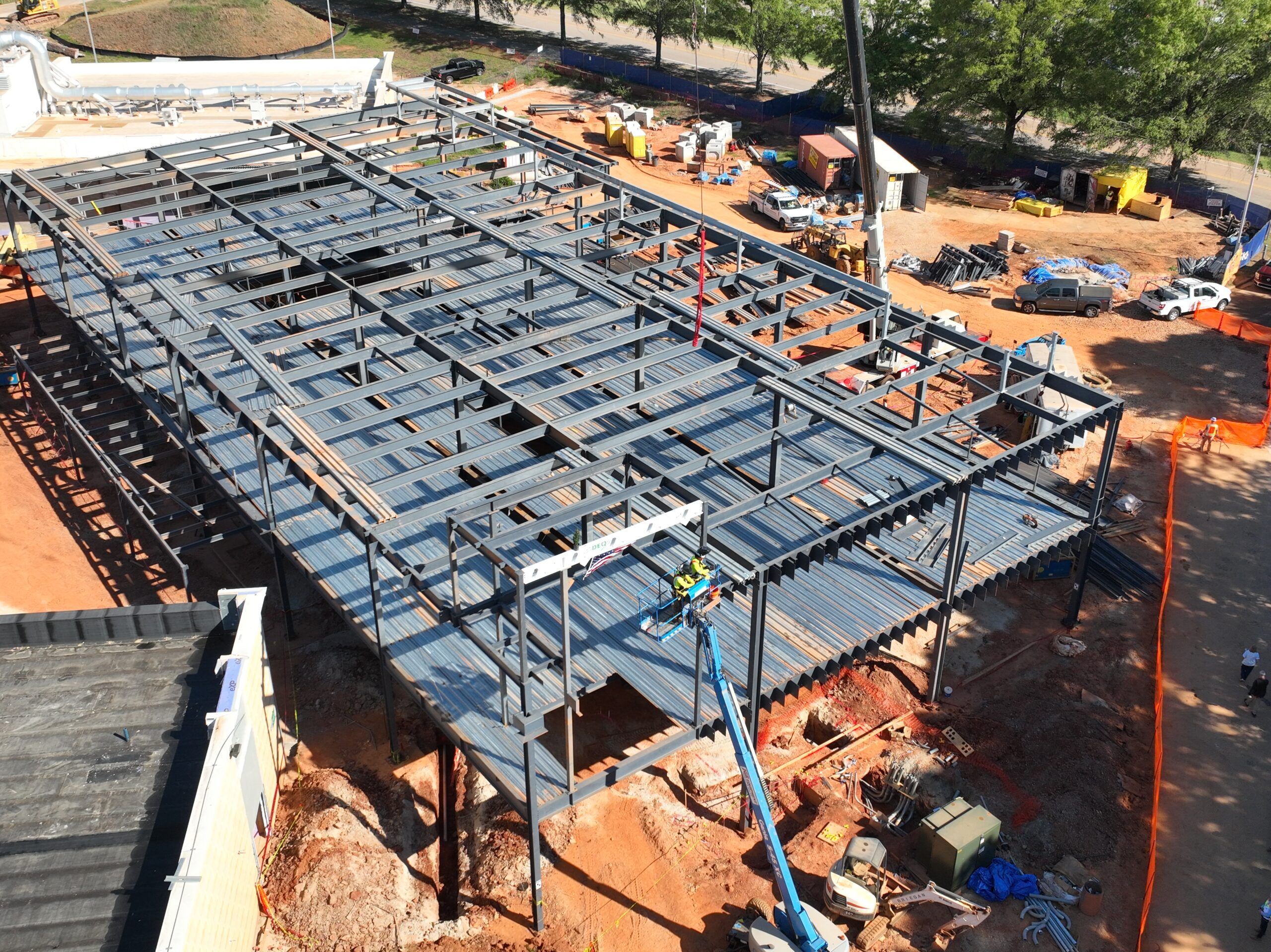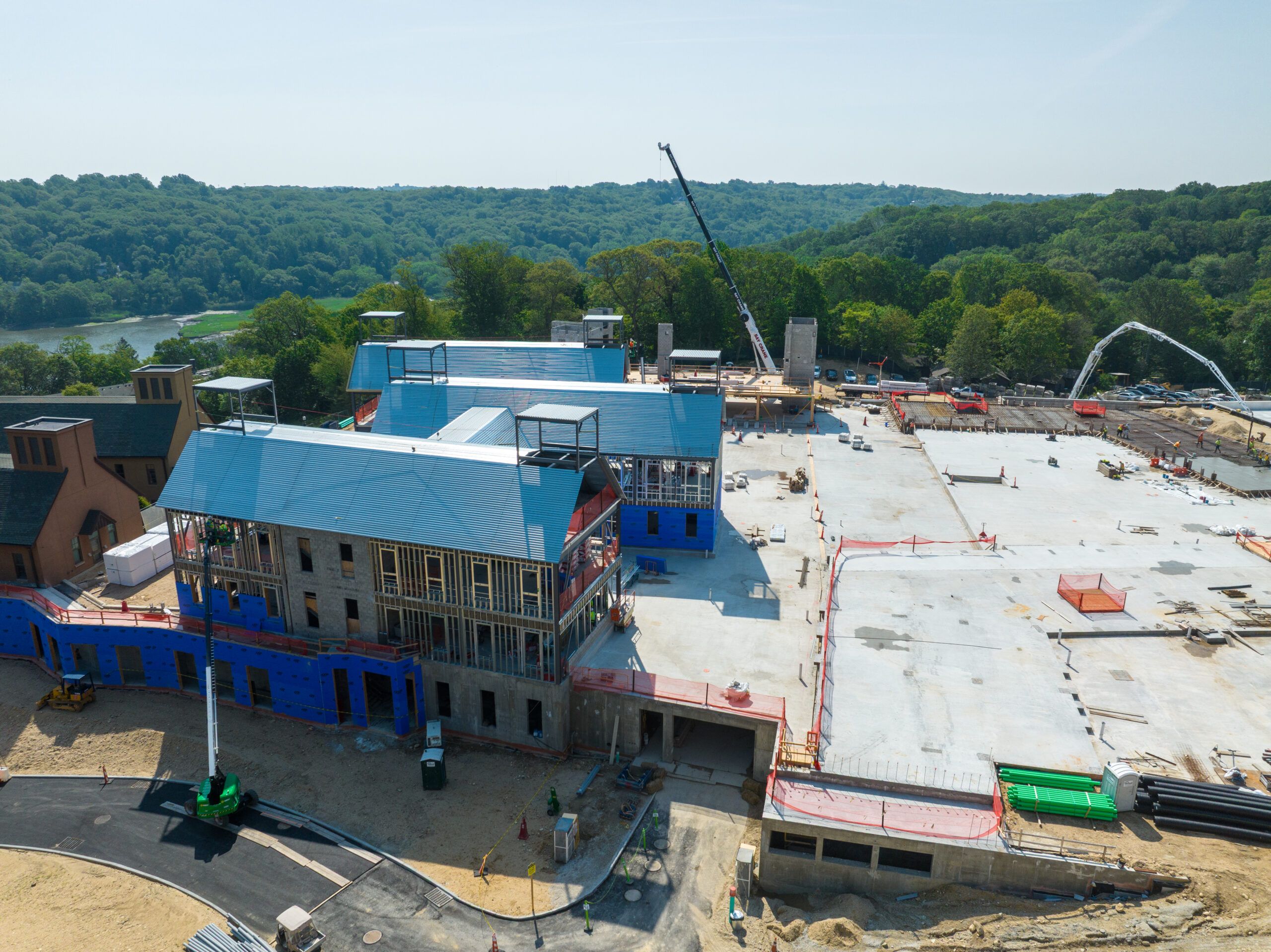In the fast-paced and demanding world of modern workplaces, maintaining employee well-being and productivity is crucial. One often overlooked but essential aspect of achieving this balance is the presence of a well-designed break room. This space serves as a refuge from the daily grind, providing employees with opportunities to recharge, connect with colleagues, and enhance overall job satisfaction. A thoughtfully created break room can become a cornerstone for a positive workplace culture, reflecting an employer’s commitment to the holistic development and happiness of its workforce.
Stress Reduction and Mental Health
Break rooms play a pivotal role in stress reduction, promoting mental well-being among employees. These spaces offer a retreat from the relentless demands of work, allowing individuals to decompress and reset. Incorporating elements of relaxation, such as comfortable seating, soft lighting, and greenery, can create a calming atmosphere that significantly contributes to stress relief. Beyond the immediate impact on mental health, fostering a stress-free environment in break rooms can lead to improved morale, higher job satisfaction, and reduced burnout rates among employees.
Need for Entertainment
Recognizing the importance of incorporating entertainment into break times is crucial. Allowing employees to engage in enjoyable activities during breaks, such as playing online games, contributes to a positive work environment. For example, platforms like https://www.stellarspins.me/en/online-pokies/ offer a variety of real-money online pokies, providing a fun and interactive way for employees to unwind. Balancing work and play not only reduces stress but also boosts morale, fostering a more vibrant and motivated workforce. Encouraging responsible and enjoyable leisure activities in break rooms can contribute to a more dynamic workplace culture where employees feel supported in maintaining a healthy work-life balance.
Social Connection and Team Building
Break rooms foster social interactions and team building. These informal settings encourage colleagues to connect on a personal level, strengthening bonds and enhancing collaboration within the workplace. By providing a shared space for employees to engage in casual conversations, employers can cultivate a positive work culture and promote a sense of community among team members. The friendships and camaraderie formed in break rooms often extend beyond the workplace, creating a supportive network that further contributes to employee satisfaction and loyalty to the organization.
Increased Productivity and Creativity
Contrary to common belief, taking breaks can boost productivity. A well-designed break room offers employees the chance to step away from their desks, refresh their minds, and return to work with renewed focus. Incorporating elements that stimulate creativity, such as inspirational artwork or a chalkboard for spontaneous brainstorming, can further enhance employees’ problem-solving skills and innovation. Moreover, acknowledging the importance of breaks as an integral part of the workday sends a positive message to employees, empowering them to prioritize self-care without fear of negative repercussions.
Physical Well-being and Relaxation
Break rooms contribute to physical well-being by encouraging movement and relaxation. Providing facilities for physical activity, such as a small exercise corner or stretching area, promotes a healthy lifestyle and helps prevent the negative effects of prolonged sedentary work. Additionally, comfortable seating arrangements and access to natural light contribute to a more relaxed atmosphere, benefiting employees’ overall well-being. By recognizing the connection between physical health and job performance, companies that prioritize wellness in their break room designs are likely to see improvements in employee engagement and long-term health outcomes.











